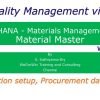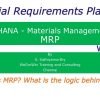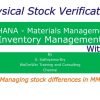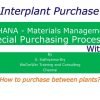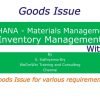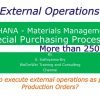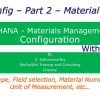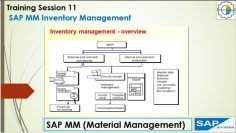This video explains the subcontracting purchase process in SAP Materials Management. The key points discussed in the video are:
- Subcontracting Purchase: Subcontracting is utilizing the services of a supplier to perform specific operations on a component or to perform assembly of a product from the components supplied to them. The subcontracting process begins when the company hands over components to the subcontractor who is usually a vendor against a subcontracting purchase order either to assemble or add value to the product.
- Master Data for Subcontracting: The master data required for subcontracting includes creating the Material Master for raw material and component, where the component should have procurement type ‘F’ and a special procurement type ’30’ in MRP2 view. A Bill of Materials (BOM) needs to be created for the component with the raw material as a child material. A production version must be created for the component with the link to BOM.
- Subcontracting Order Management: The subcontracting process involves raising a subcontracting purchase order, issuing raw materials to the supplier, and receiving the processed components from the supplier. The raw materials are issued to the supplier through the transaction MIGO (Movement Type 541), and the processed components are received through the same transaction MIGO (Movement Type 101).
- Stock Management: After issuing the raw materials to the supplier, the raw material stock is moved to the supplier’s inventory. After receiving the processed components, the component stock is increased. The stock movements can be viewed through various reports like Stock Requirement List, MMBe (Organization based stock), and MB51 (Material Document List).
























